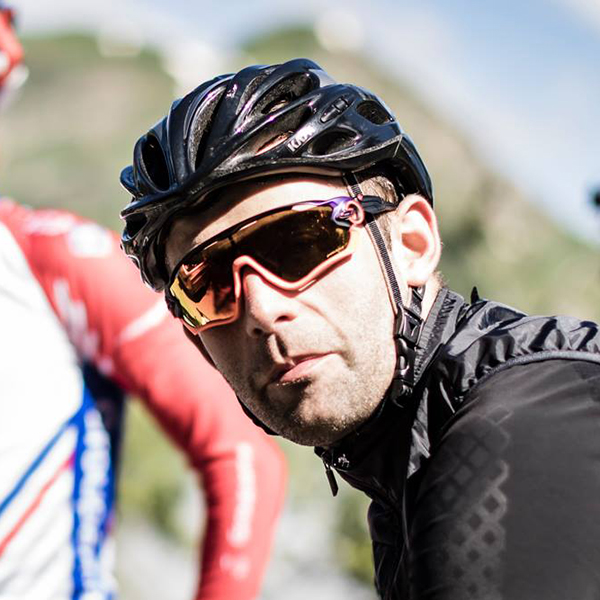The Ribble Ultra SL is the British brand’s second-tier aero bike, although to look at it you’d wonder what could be more aerodynamically optimised.
It boasts a smörgåsbord of aggressively profiled tubes that speak to its aerodynamic intentions.
Although it plays second fiddle to the Ultra SL R in Ribble’s aero bike line-up (that bike comes complete with a heavily sculpted cockpit and a more exotic blend of carbon), the Ultra SL sees the same aero-optimised frameset layout as the top-tier bike.
Make no mistake, the Ultra SL is every bit the racy aerodynamic weapon it appears to be. Plus, thanks to keen pricing and the ability to customise the specification to your needs, there’s much to celebrate if your goal is to go fast.
However, such a focus on outright speed means the Ultra SL’s ride quality can be unforgiving, and although the recommended ‘enthusiast’ specification tested here is solid, the rolling stock especially would benefit from upgrading.
Ribble Ultra SL – Enthusiast specifications
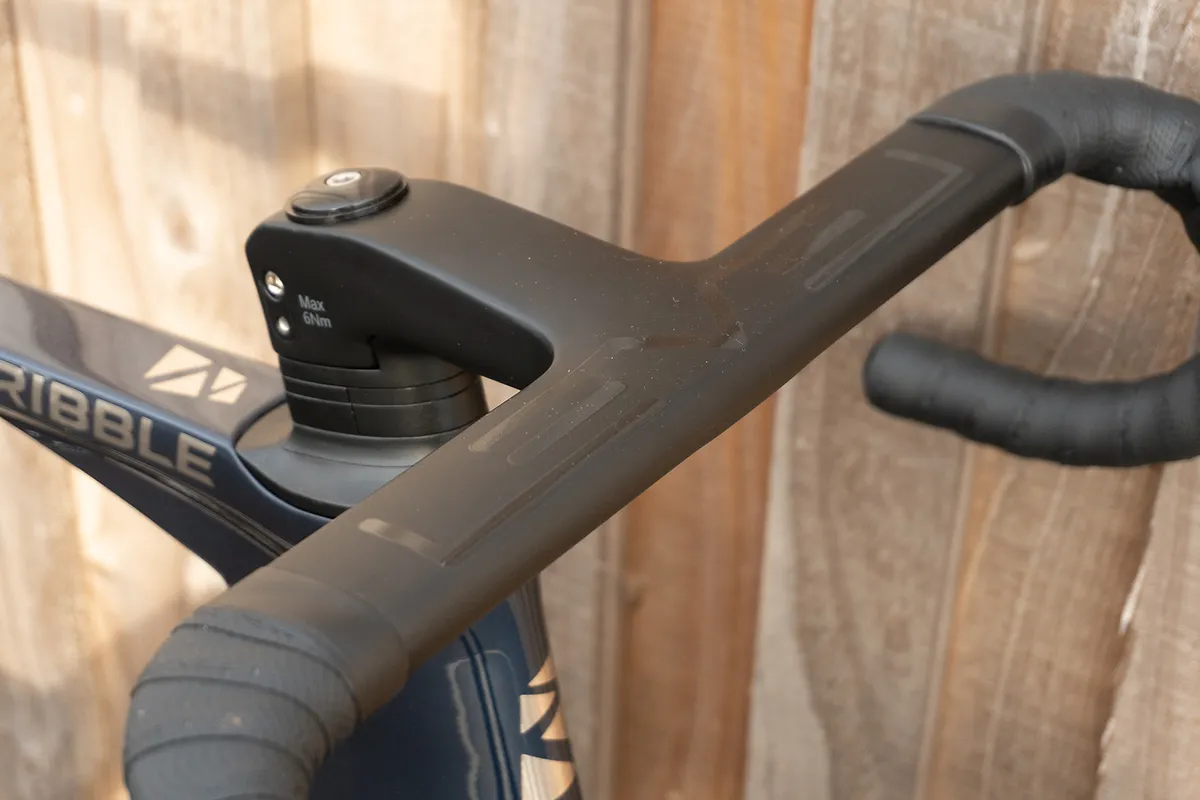
The Ultra SL R features a bulbous cockpit to help shape airflow over the rest of the frame and around the body, plus more use of high-grade T1000 Toray carbon fibre.
The SL here makes do with a greater proportion of T800 fibre (although Ribble keeps the exact composition under wraps). This incurs a 150g claimed weight penalty versus the SLR frame, but is said to still strike a premium blend of stiffness, light weight and compliance.
Meanwhile, the fork blends T700 and T800 carbon fibre, with blades measuring 68mm deep.
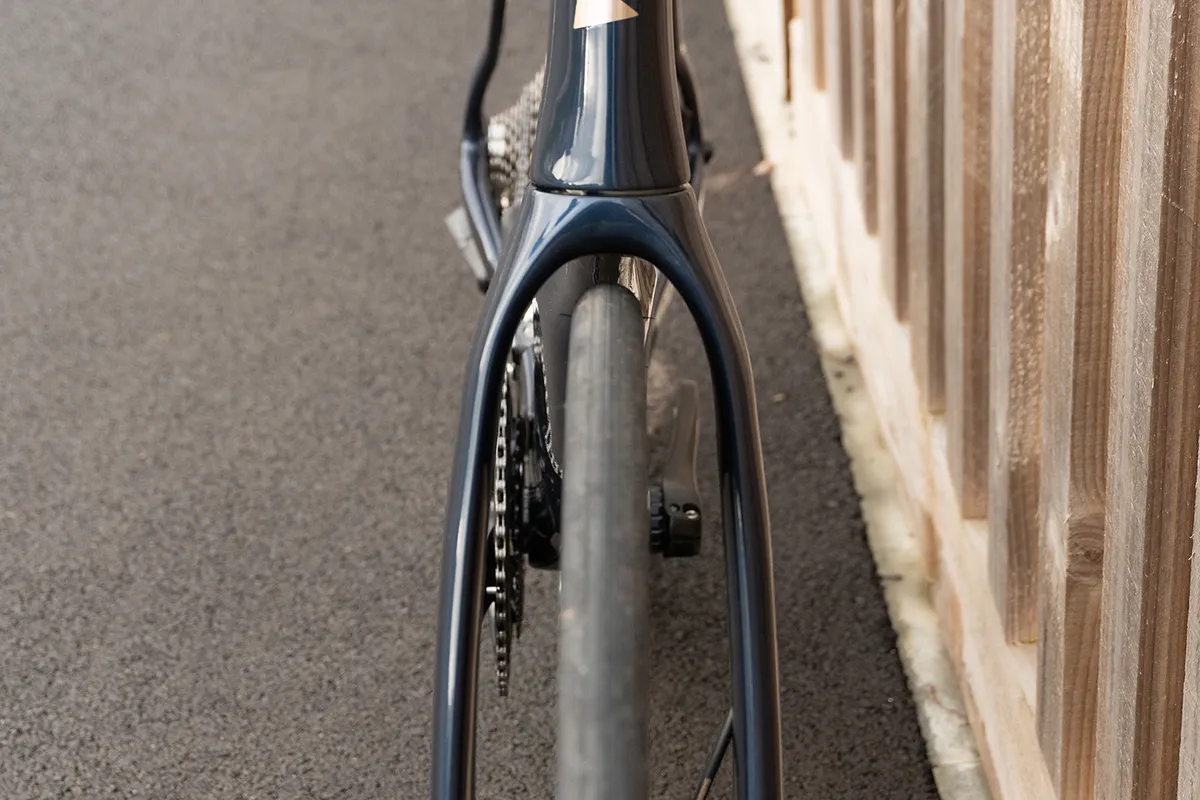
The SL frame is claimed to weigh 1,200g in a size medium, and comes from the same moulds as the SL R.
That might sound portly by modern standards, given the SL R is 150g lighter and most brands' aero bikes aren’t much over 1kg, but the Ultra SL is every inch an aero-optimised machine.
The concave head tube is strikingly deep, erring towards time trial bike proportions.
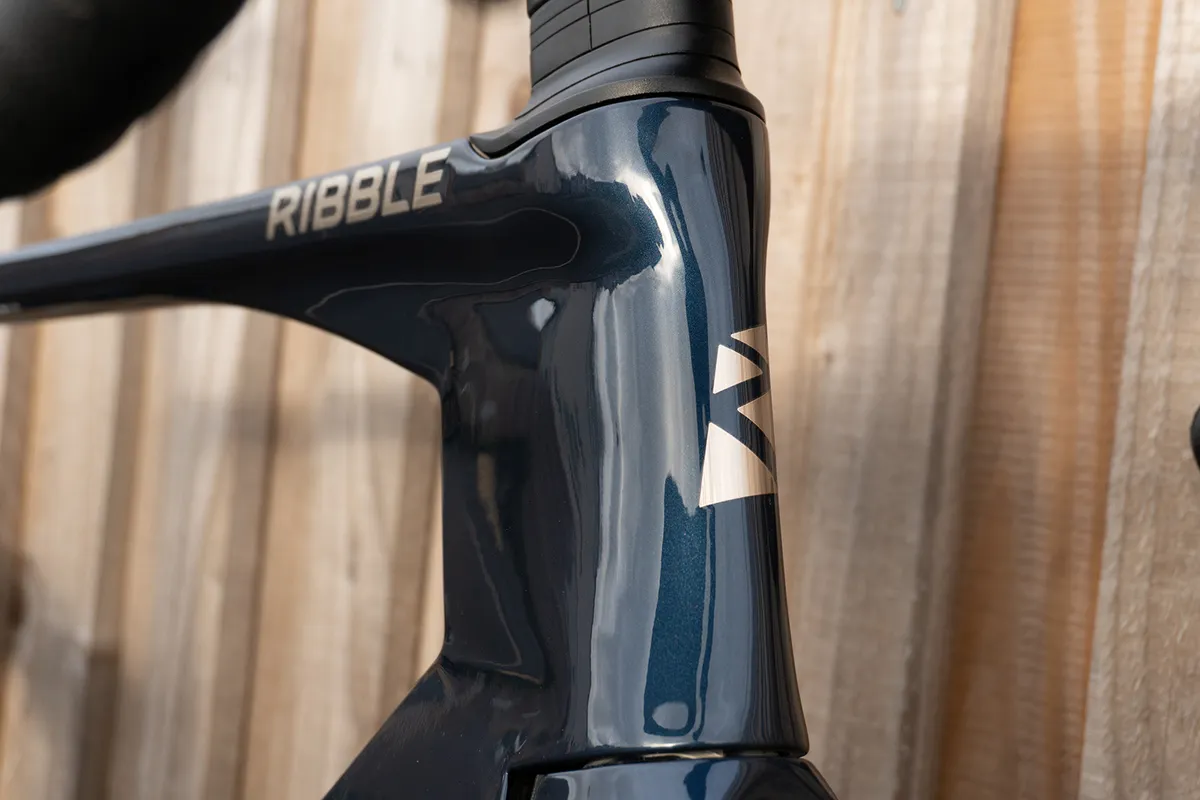
It flares towards the top tube and the down tube as it aims to guide air purposefully over and towards the rest of the frameset.
Of particular note is the flare that adjoins the wide fork crown and down tube. It features a straight edge with a flattened underside, all in the name of promoting aerodynamic efficiency and stiffness down the length of the tube.
The fork splays outward in a wide arc from its crown, providing plenty of ‘breathing room’ for air to flow over the front wheel and between the two legs. The space left under the fork crown by the Level carbon rims and Vittoria Zaffiro Pro tyres (more on these later) is significant.
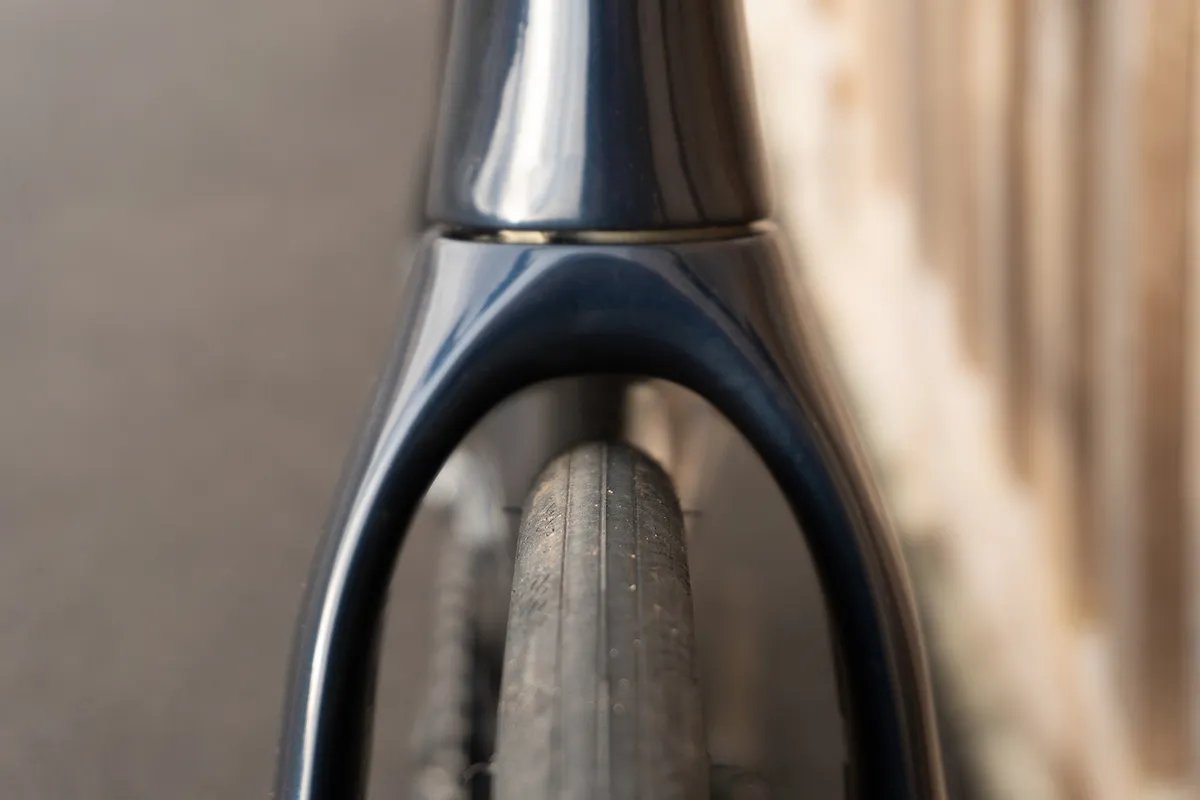
The down tube sees a chunky squared-off rear side, behind which a bottle can sit and be protected from the wind.
Truncated aerofoil tubing is nothing new, but this application of it is stark – especially in its silver colour, which contrasts with the blue of the rest of the frame.
The top tube is uncurved, with flattened top and bottom sections. It joins to a deep seat tube, complete with its own truncated rear section.
Viewed from above, the dropped seatstay junction proceeds outwards before each stay curves sharply backwards.
Although nowhere near as radical, the seatstay and fork flares are strangely reminiscent of the Hope HB.T track bike – a bike designed to excel in the low-yaw, relatively benign conditions of a velodrome.
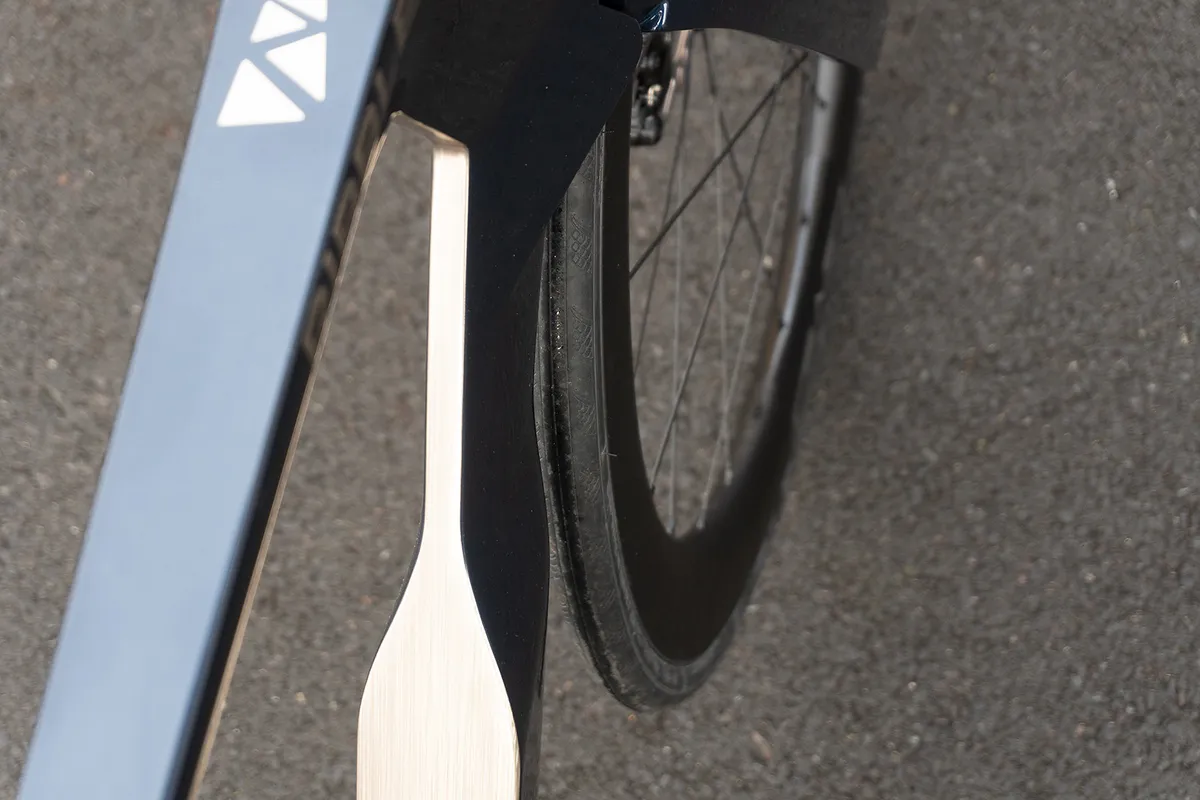
As a reminder from when we first covered this bike in our regular Bike of the Week slot, Ribble says its goal was to “make the most aerodynamically advanced frameset in the world”.
If looks were the only measure of that claim, I’d be hard-pressed to argue with its success.
Unlike recent aero bike evolutions – the Scott Foil RC and Giant Propel both spring to mind – which aim to make aero performance easier to live with and look relatively conservative, the Ultra platform has stuck resolutely to an ‘aero-is-everything’ approach.
This certainly shows in the ride experience.
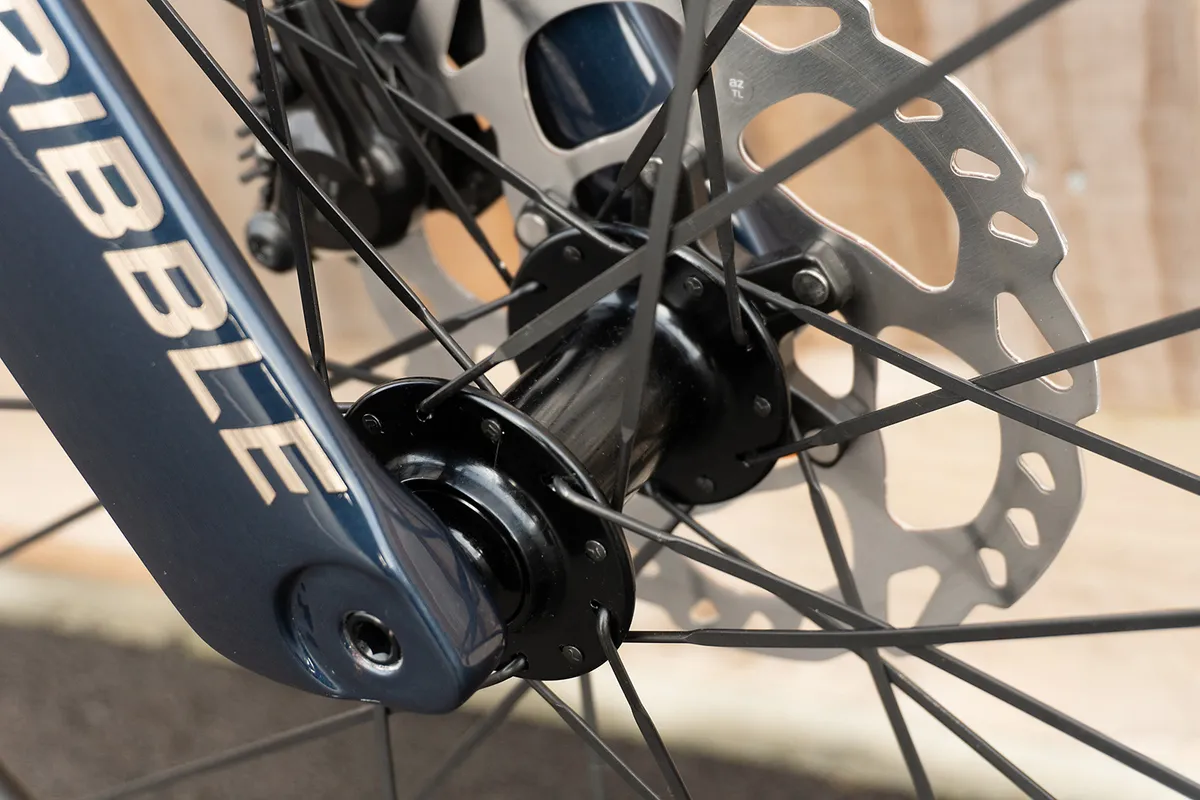
Ribble claims the Ultra platform has been optimised for use in “real-world” conditions, while the brand says yaw angles of 5 to 10 degrees are the most common that riders encounter.
Compared to the Endurance SL R, Ribble says the Ultra SL will save you an average of 54.9 seconds riding at 22mph (35.4kph) over 40km. At 29mph (46.7kph), the claimed average saving drops to 50.2 seconds.
The frame has a BSA threaded bottom bracket (as opposed to press-fit), which is fitted inside a large, boxy bottom bracket zone.
Here, it’s to promote stiffness and efficient transfer, while, no doubt, playing a role in controlling airflow.
Ribble Ultra SL – Enthusiast geometry
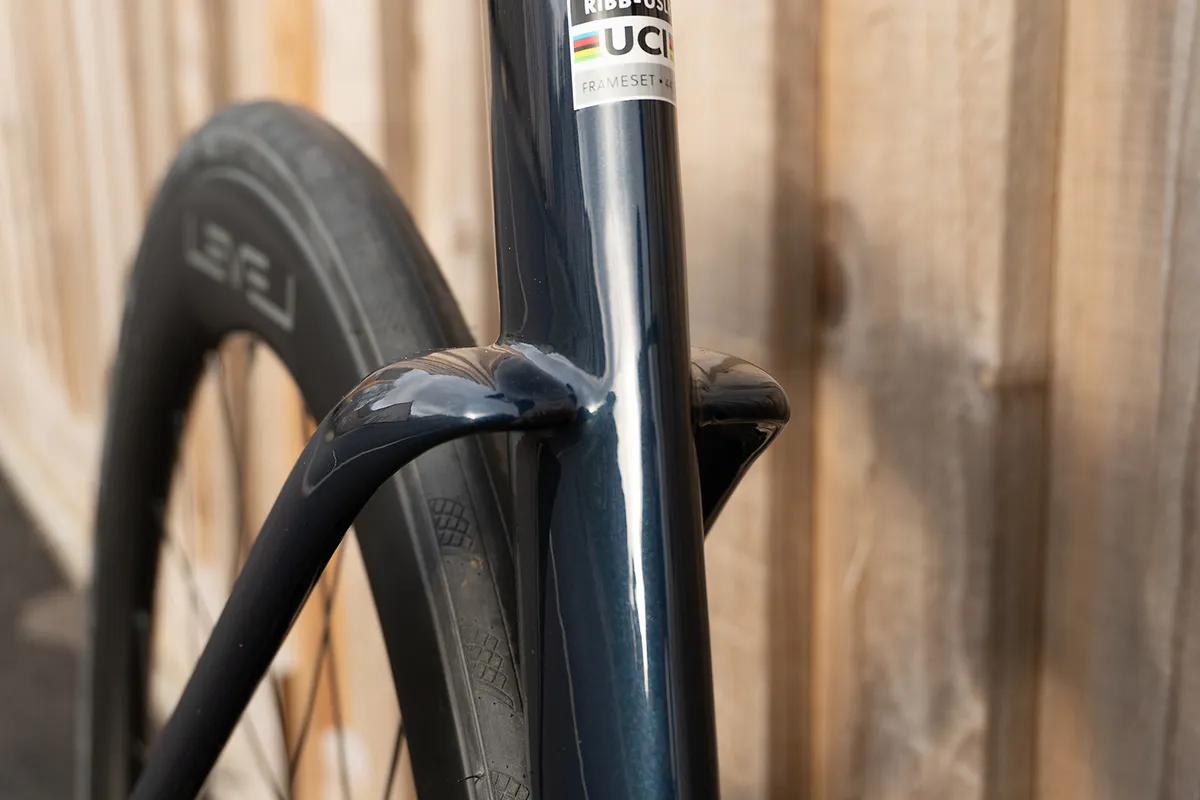
The Ultra SL’s geometry is undoubtedly aggressive, featuring a long 401mm reach in a size large (56cm equivalent), and a compact 564mm stack.
The head tube angle is suitably aggressive, pitched at 73.5 degrees to promote sharp handling through the front end.
The seat tube angle is similarly steep at 73.3 degrees, and only gets steeper the smaller frame size you select. That pitches you over the bottom bracket, with Ribble clearly intending to get you forward to help you lever over the cranks, while being low slung over the cockpit.
It all points to a race bike geometry that pushes about as far as is practical.
At the back, the chainstays measure 410mm across all sizes, while the 999mm wheelbase (in a size large) is intended to keep the bike responsive.
| | XS | S | M | L | XL |
|---|---|---|---|---|---|
| Seat angle (degrees) | 75 | 74 | 73.5 | 73.3 | 73.3 |
| Head angle (degrees) | 72 | 73 | 73 | 73.5 | 73.5 |
| Chainstay (mm) | 410 | 410 | 410 | 410 | 410 |
| Front centre (mm) | 518 | 575 | 585 | 598 | 613 |
| Seat tube (mm) | 470 | 500 | 520 | 540 | 560 |
| Top tube (mm) | 515 | 535 | 555 | 575 | 590 |
| Head tube (mm) | 105 | 120 | 140 | 160 | 180 |
| Fork offset (mm) | 53 | 45 | 45 | 45 | 45 |
| Bottom bracket drop (mm) | 69 | 69 | 69 | 69 | 69 |
| Wheelbase (mm) | 981 | 975 | 985 | 999 | 1,014 |
| Stack (mm) | 506 | 523 | 545 | 564 | 583 |
| Reach (mm) | 379 | 385 | 392 | 401 | 410 |
Ribble Ultra SL – Enthusiast ride impressions
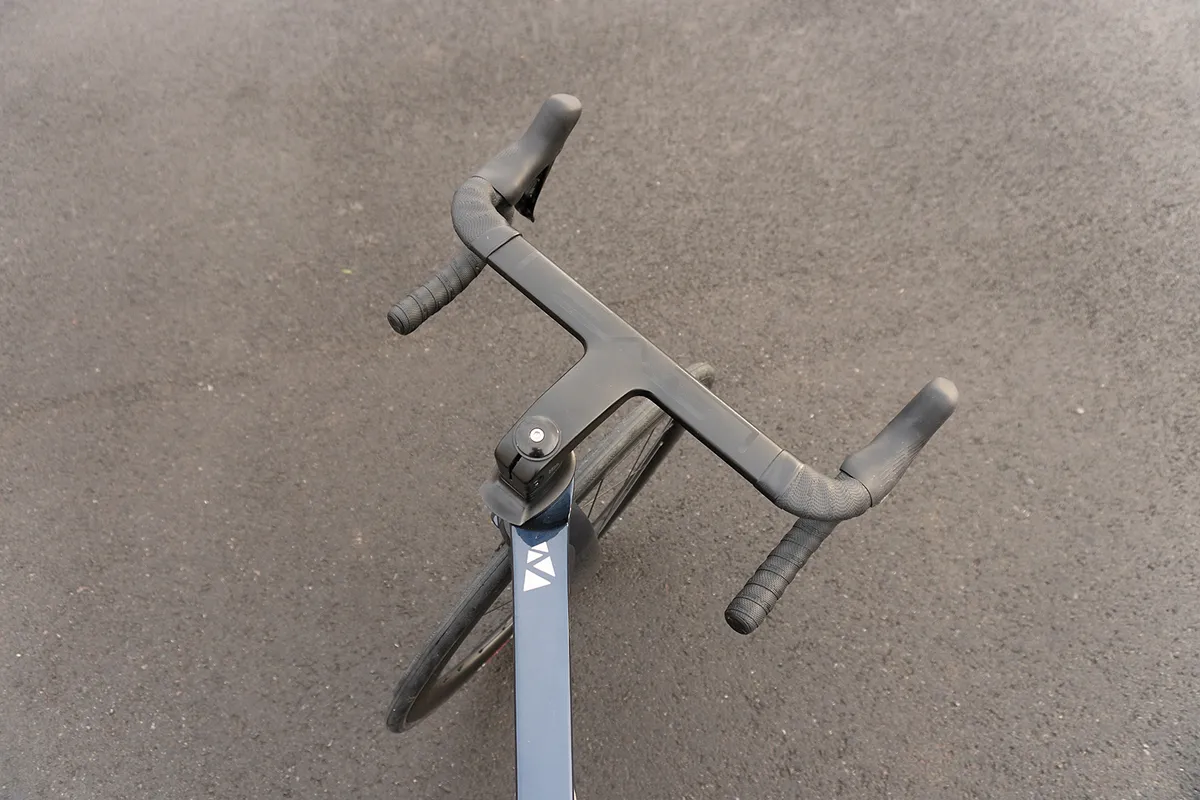
There’s no doubt, the Ultra SL is a seriously fast bike.
Almost immediately after pedalling it away for the first time, I was struck by how ‘in a vacuum’ it felt to ride. On a still, clear day, it glides forwards effortlessly.
Pedalling effort is certainly reduced versus an all-rounder type race bike, while it can easily hold a candle to the other two aero-driven racers I’ve tested in the past year – the Scott Foil RC Pro and Trek Madone SLR 9 eTap.
For context, the Ultra SL as tested costs £4,199. Both the Scott and Trek (as tested, with top-spec groupsets) cost in excess of £10,000. The top-spec Ultra SL suggested build with Ultegra R8170 Di2 – which we regard as practically identical to Dura-Ace R9270 Di2 when it comes to performance – is £4,899.
On paper, that’s extraordinary value.
There are competitors in this ballpark: you could get a Giant Propel Advanced 1 (Rival eTap, carbon wheels) for £4,499 or a Canyon Aerroad CF SL 8 (mechanical Ultegra, carbon wheels) for £3,849.
But if flat land, low-wind, bang-for-buck speed were your only concern, you might consider stopping reading this review here.
The Ultra SL is also impressively good at accelerating and turning every ounce of pedal effort into forward motion.
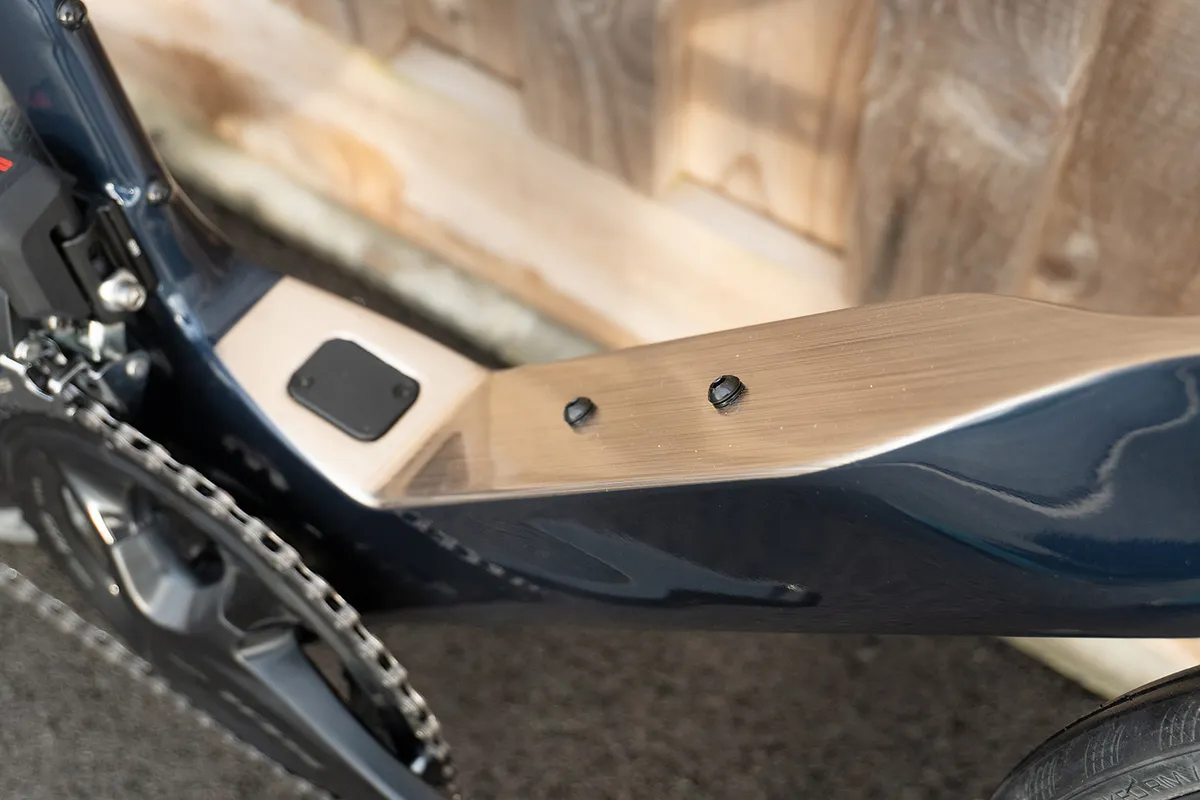
The oversized BB zone laps up pedalling forces with ease, while the rear triangle is compact enough (despite the flaring I’ve already noted) to keep things reactive.
When climbing a shallow (4-5 degree) gradient at speed, you can feel the aerodynamics doing its thing, keeping you slicing through the air.
Punching out of the saddle is a real pleasure. The oversized head tube and fork keep things very rigid through the front, so you can afford to tip the bike side to side as you hammer on the pedals.
Steeper climbs lasting more than 10 to 15 seconds are certainly more of a challenge as the 9.06kg weight (without pedals or accessories) begins to tell, but this can be forgiven, given its clear focus.
It’s also a sharp handler. There are some oddities in the suggested specification to account for, but the steering is easy to manipulate when descending quickly, and the bike reacts very quickly to small corrections without ever getting twitchy.
It makes for a devilishly quick ride, and I think if I were to take a bike to my local circuit and dabble in a spot of racing, this is one of the machines I’d want underneath me.
This, however, is only when the wind is relatively calm.
An aero knife-edge?
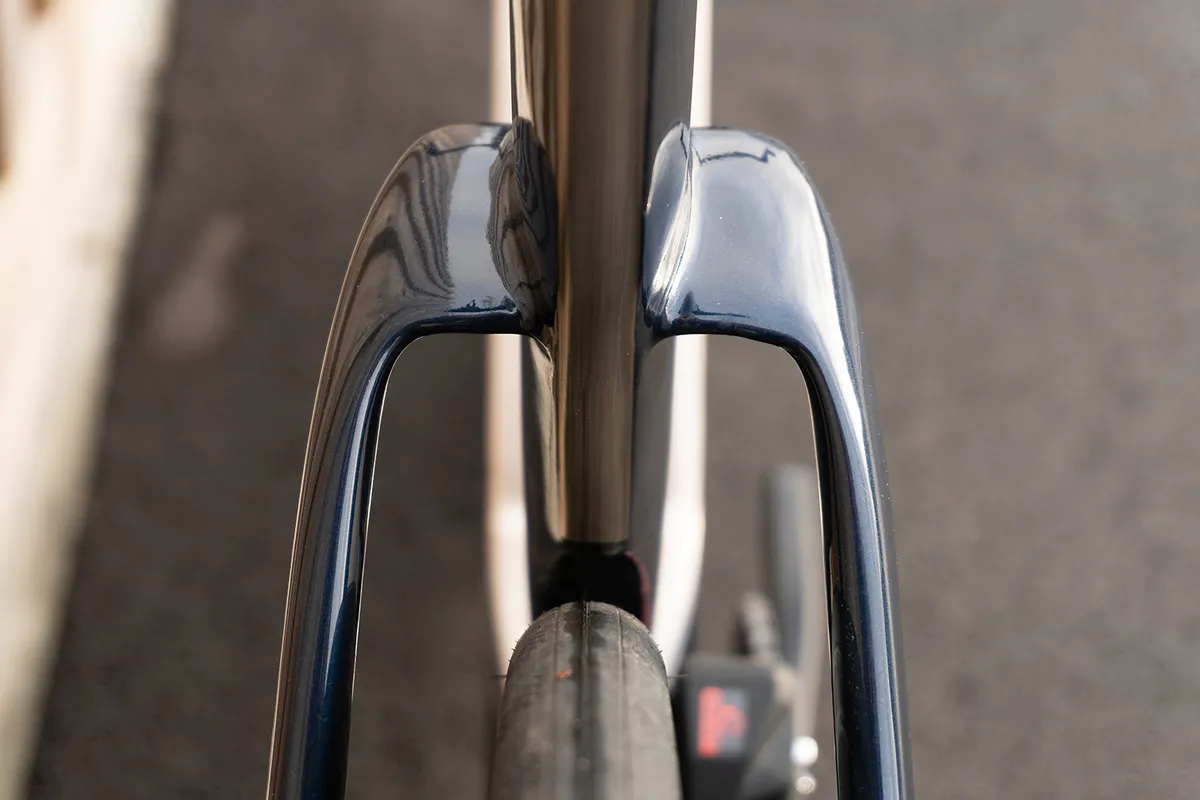
Although Ribble says the Ultra SL is “not just designed to be the fastest when tested in isolation, but the fastest in the real world”, I’m struggling to think of which ‘real world’ it was thinking of.
Ribble has published a detailed white paper for the Ultra (which incorporates both the SL and SL R), where it showcases the results of its testing. In it, the results against the benchmark bike are compelling – albeit the Endurance SL R isn’t necessarily the most relevant competition.
The British brand publishes results for 0, 2.5, 5, 10, 15 and 20-degree yaw angles, and uses these to claim the time savings I quoted earlier. It says these are the most common angles riders are likely to experience.
I can’t empirically argue with this, not having access to meteorological and relevant sensor data to (dis)prove it – but it is widely accepted that these angles are common.
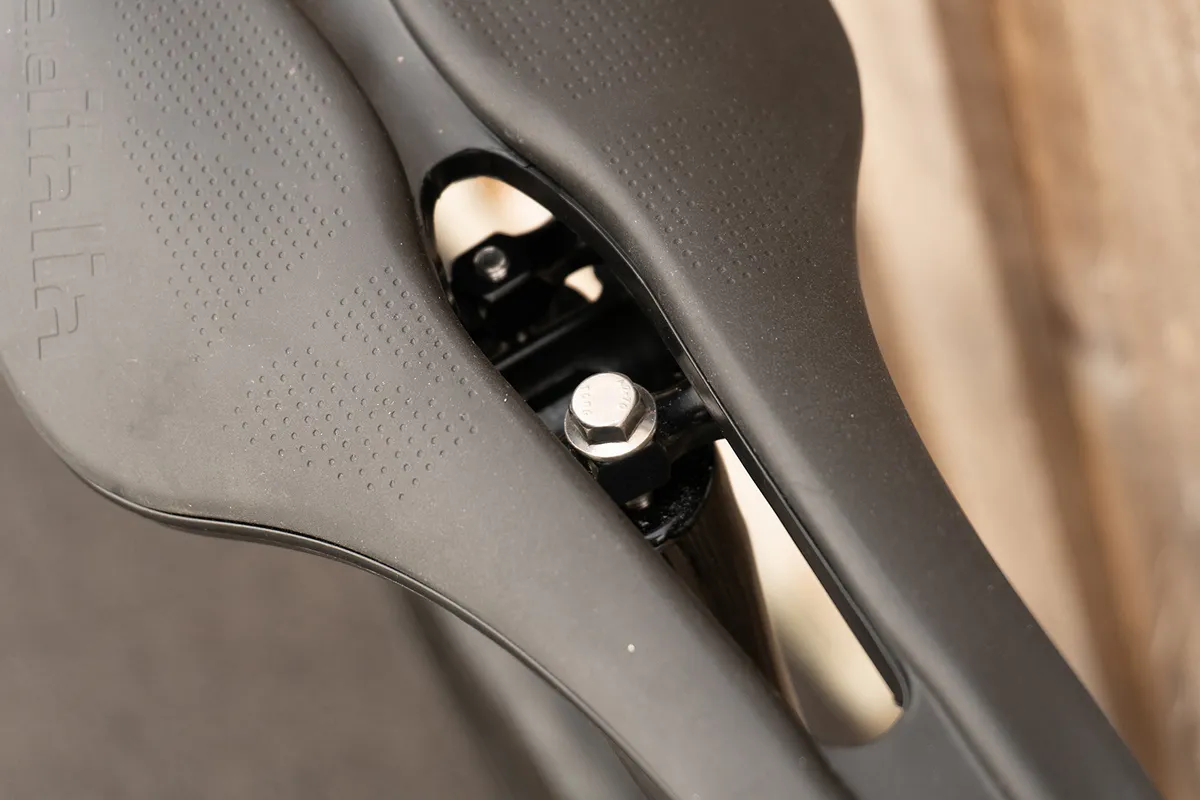
Certainly, airflow is more likely to come from the front as you move through it at speed, and the results would seem to be borne out in the calmer conditions the Ultra SL is so impressive in.
However, when the wind picks up and you’re riding in conditions where it’s coming broadly from the side, or the wind is inconsistent or gusting, the Ultra SL becomes twitchy. It's susceptible to wind impacting its chunky side profile.
Despite the truncated rear sections to the profiles, which are supposed to offer better crosswind performance than sharper aerofoil shapes, the bike appeared nervous when the prevailing wind speeds exceeded 12 to 15mph (19 to 24kph).
The 56mm-deep carbon wheels as supplied might play a role here, but it’s also fair that deeper-section wheels are part and parcel of the aero bike efficiency package.
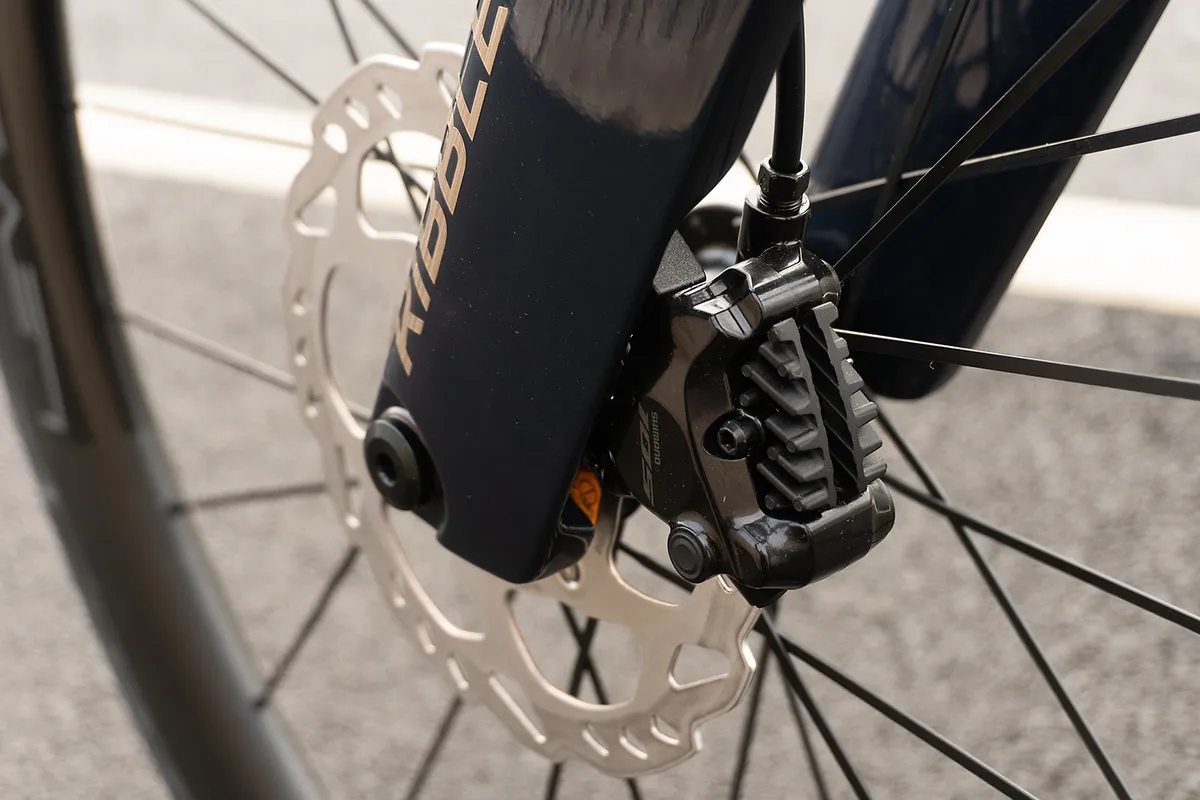
Regardless, for me – and a great many riders – this is what characterises ‘real world’. It hamstrings the Ultra SL if you’re in the market for an aero bike equally suited to fast weekend rides as well as racing.
Additionally, the frame is incredibly stiff. This pays dividends on smooth roads and in more controlled environments such as the race track, but the rigidity through the aero seatpost especially is hard to ignore on anything but a smooth tarmac road.
Fitting wider tyres (and wheels with a wider internal diameter) to maximise the Ultra SL’s 32mm clearance would go some way to alleviating this, but because the bike has been optimised around 28mm tyres, there would likely be an aero penalty for doing so.
Ribble Ultra SL – Enthusiast finishing kit
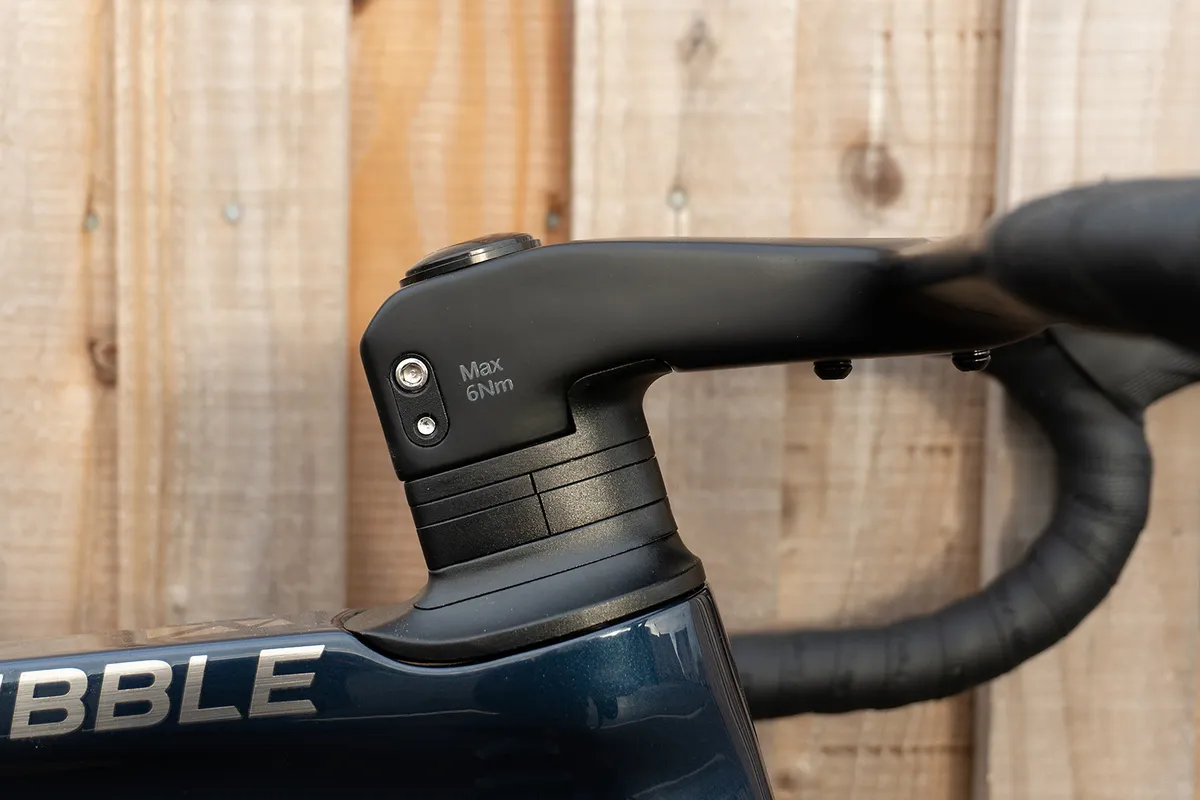
In this spec, Ribble has fitted own-brand Level components.
The one-piece Level 5 carbon aero bar-stem as specified is 110mm long and 420mm wide. It’s comfortable to rest on in any position, with easily accessible drops.
Ribble’s customisation programme enables you to tweak this for a better fit at point of purchase – five lengths ranging from 70 to 125mm, and three widths from 380 to 420mm.
For me, 420mm is too wide for this bike. I have relatively broad shoulders, yet found my arms splaying outwards unnecessarily. It’s a shame Ribble hasn’t saved you the need to pay close attention when buying it.
On an endurance road bike or gravel bike, such a stance can be advantageous (depending on your optimum bike fit), but here a narrower default specification would be more in keeping with the Ultra SL’s aero focus.
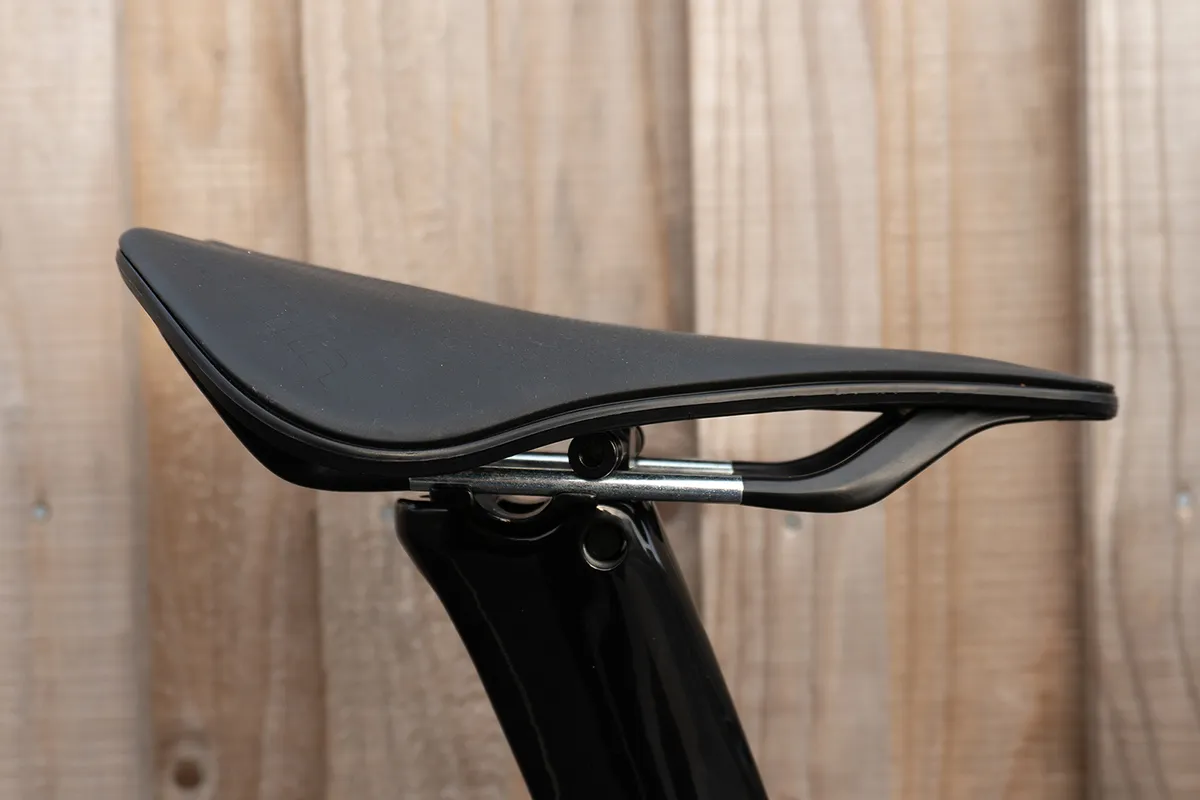
The seatpost is proprietary (complete with grip tape to help it stay in place), and is fixed into the seat tube by a wedge clamp.
The Di2 battery fits into the seatpost, and the cable routes down the seat tube and seatstay to the rear derailleur. This is common for seatpost-mounted batteries (whereas bottom bracket-mounted batteries typically have Di2 cables routed along the chainstay).
However, when adjusting the saddle height, I found that connection – and therefore power to the entire drivetrain – could be severed intermittently.
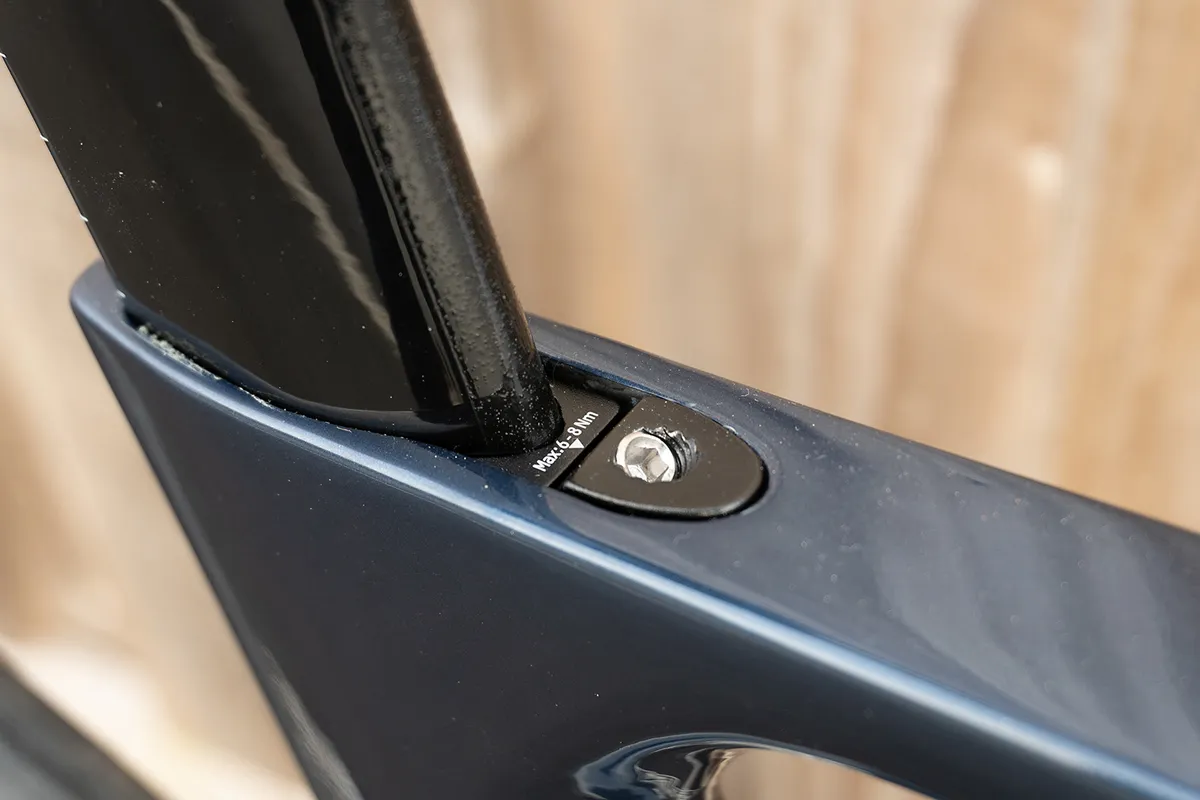
This happened through many attempts to set the saddle where I wanted it, indicating an issue with the cable as it bent its way from the seat tube to the seatstay.
In particular, it would cut out as the bottom of the seatpost got close to the seatstay junction, indicating some damage had occurred in that area.
It’s possible this was down to a faulty cable, and naturally, this won’t be an issue for SRAM eTap users.
However, it’s unnerving to experience these issues, and I’d expect modern cable-routing designs to safeguard against ‘crimping’ a cable through routine adjustment.
A Selle Italia Model X Superflow saddle sits atop the seatpost. This is fine, with other models configurable should you desire, but adjustability on the post isn’t particularly easy.
One fastening clamp is accessible via a standard Allen key, while the other requires a socket wrench to loosen. While not difficult to adjust, it looks fairly basic and I’d prefer a saddle-clamping system that requires only one tool to adjust, rather than two.
Ribble Ultra SL groupset, wheels and tyres
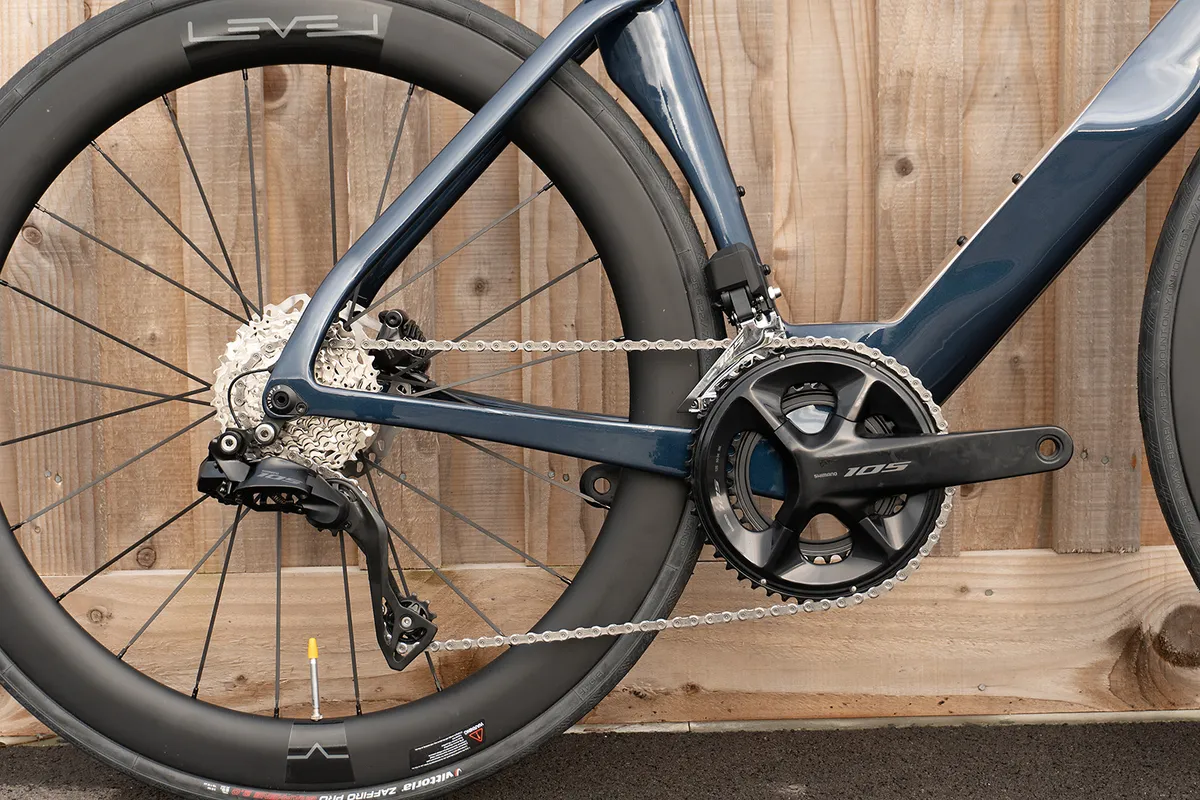
The groupset fitted to this ‘enthusiast’ build is Shimano’s 105 Di2 R7170.
Aside from the front derailleur, which is larger and marginally slower to shift than its latest-generation Ultegra and Dura-Ace siblings, it offers very near the same performance.
The rear derailleur especially is incredibly quick to shift, and although I miss the hood-top buttons you get on the higher-tier levers, that’s hardly a deal breaker.
The compact 50/34-tooth chainrings are too small in my opinion – a race bike is intended to be ridden fast. The forthcoming 52/36T version of this crankset would be a welcome amendment to the spec list, when it’s eventually available from Shimano.
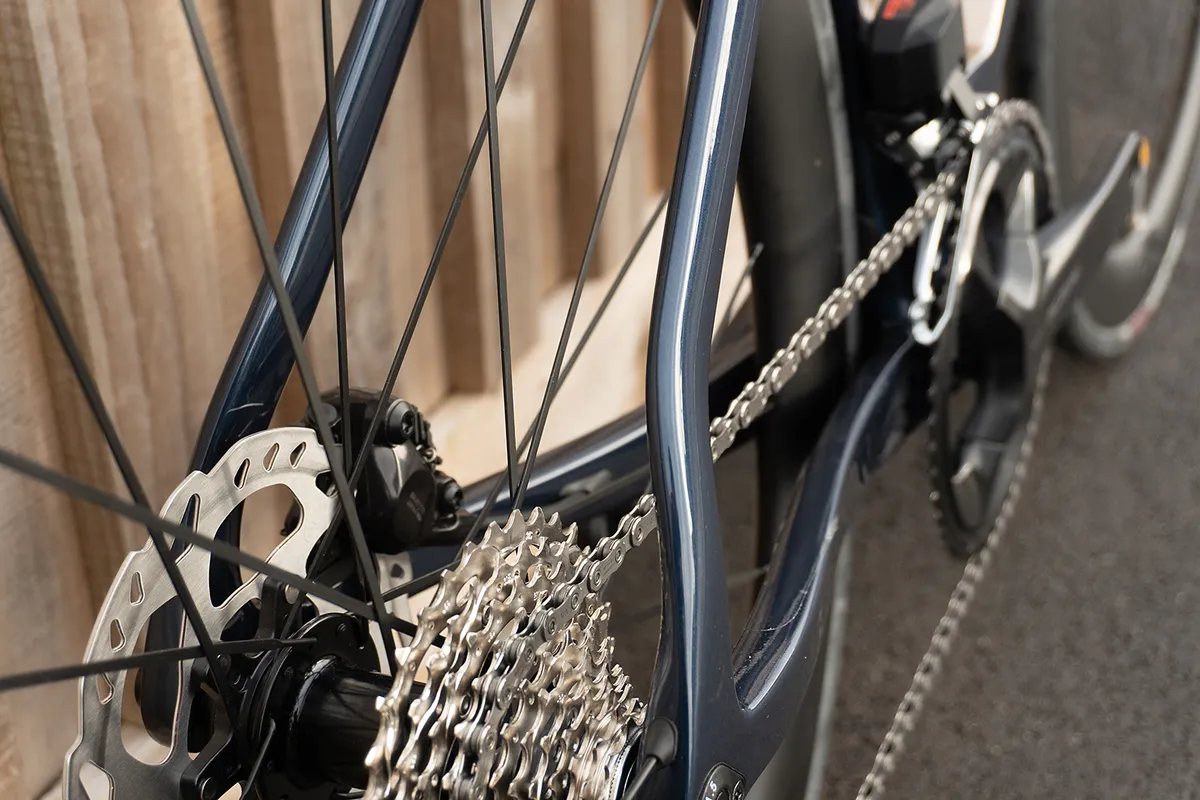
A narrower cassette than the 11-34t ratio may also be warranted, but Shimano doesn’t currently offer one at the 105 level.
The M6100 Deore-spec chain represents the only deviation from a full 105 Di2 build, but I couldn’t tell the difference compared to the series chain in testing.
The wheelset supplied is Level’s DB56 Sport Carbon model, which have a 56mm-deep rim profile, with a 26.5mm external width and 17.5mm internal width.
With many of the best road bike wheelsets now largely occupying the 20 to 23mm internal-width region, the Levels feel outdated.
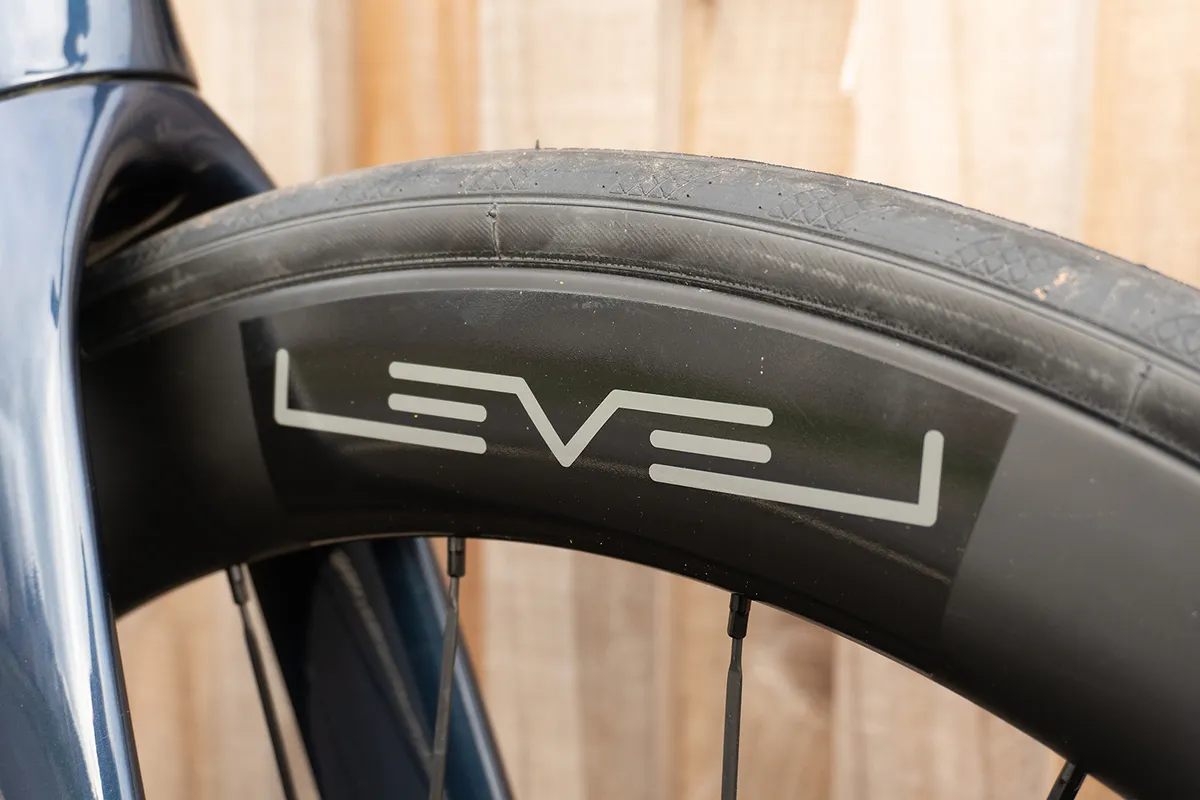
To be clear, they’re still plenty fast and their unimpressive 1,710g claimed weight proves the point that lightweight doesn’t always equal fast.
However, a wider diameter would make more of the 28c tyres fitted, and potentially bring less rolling resistance, more compliance and more grip.
The bearings are standard sealed-cartridge models, housed in an alloy hub, with alloy nipples accommodating the J-bend aero spokes.
It’s all suitably no-frills stuff, albeit the rear hub is noticeably cone shaped, flaring towards the freehub body.
Again, Ribble allows you to upgrade the wheels (at extra cost), with a selection of other Level, Mavic, Zipp and ENVE models that feature more premium designs and constructions.
The tyres fitted to my test bike were Vittoria Zaffiro Pro Graphene 2.0 models, although at time of review they’re not available as a spec choice through Ribble.
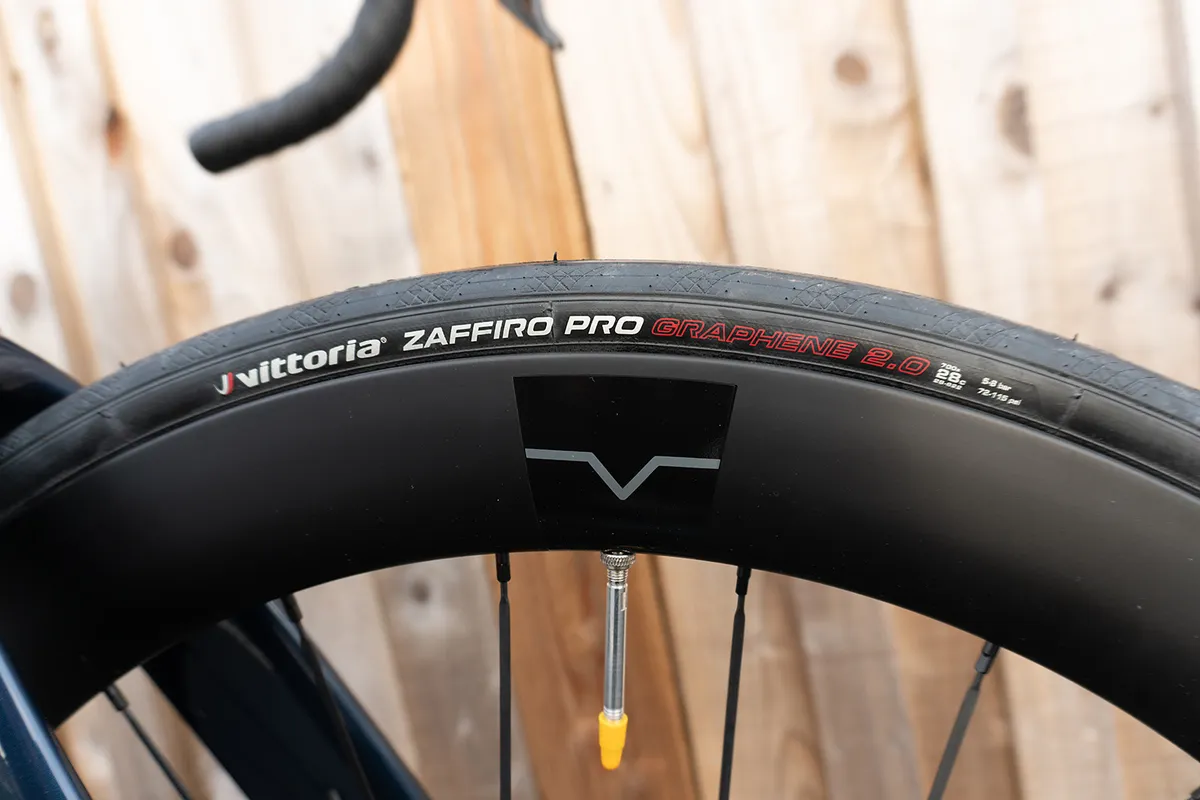
Instead, Ribble specifies Continental Grand Prix 700 x 25c tyres as standard – but tyres are often the first thing we’d recommend a rider upgrades for relatively little cost. That would apply to this Vittoria model even if they were available.
Of the options on offer, I’d jump to Continental’s GP5000 S TR in 700 x 28c, confident that I’d be rolling on some of the best all-round performance road bike tyres available.
Ribble Ultra SL – Enthusiast bottom line
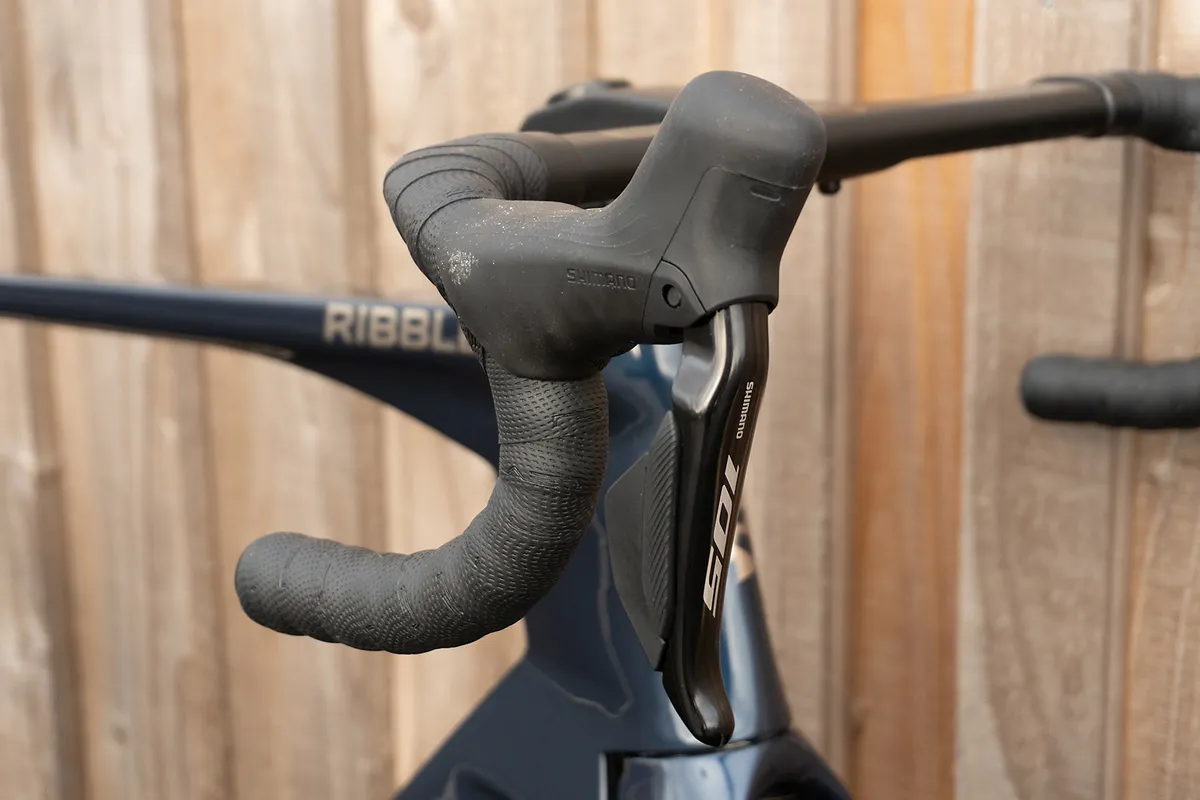
If aero performance is top of your bike characteristic wish list, the Ribble Ultra SL will not disappoint.
Although it’s not the easiest bike to handle in windier conditions, it will surely pay dividends when you turn up to your local race series or crit, or go for a fast weekend ride, and the weather is decent.
That said, there’s no surplus of compliance. This can easily be modified with smart (and more expensive) spec choices at point of purchase, but make no mistake: the Ultra SL is a race-bred machine at heart, and makes no bones about it.
You’ll also need to pay attention to the details when you spec the bike. A 420mm-wide bar is too wide for the Ultra SL’s main purpose, for example.
Meanwhile, I’m unimpressed with the easily pinchable Di2 cable routing from the battery to the rear derailleur. This shouldn’t ever be an issue in modern road bike design.
However, such niggles should be viewed in the light of the value on offer. £4,199 for a bike as fast and fun to ride as this (when the conditions are right) is a steal. It’s almost comically cheap when you compare it to the latest rivals from Scott, Trek, Bianchi, and Cervélo, which it can certainly compete with.
In short, accepting some flaws, the Ribble Ultra SL is a great aero performance deal.
Product
| Brand | ribble |
| Price | 6082.00 AUD,3974.00 EUR,4099.00 GBP,4191.00 USD |
| Weight | 9.0600, KILOGRAM (L) - without pedals or accessories |
Features
| Fork | Ultra SL Disc, Full Carbon, Tapered Steerer |
| br_stem | LEVEL 5 Carbon Integrated, Black |
| br_chain | Shimano Deore M6100 12-Speed |
| br_frame | Toray T1000/T800 Carbon Monocoque |
| Tyres | Continental Grand Prix Folding, Black/Black |
| br_brakes | Shimano 105 R7170 Flat Mount Hydraulic / Tektro Centre Lock 160mm rotors |
| br_cranks | Shimano 105 R7100, 2x12 Speed |
| br_saddle | Selle Italia Model X Superflow, Black |
| br_wheels | LEVEL DB56 Sport Carbon, 12x100F/12x142R |
| br_headset | Ribble SL/SLR, 1.5”x1.5”, Black |
| br_shifter | Shimano 105 Di2 R7170 12-Speed Hydraulic |
| br_cassette | Shimano 105 R7100 12-Speed Hyperglide+ |
| br_seatpost | Ribble Ultra Aero Carbon, 10mm Layback |
| br_gripsTape | LEVEL Embossed Tape, Black |
| br_handlebar | LEVEL 5 Carbon Integrated, Black |
| br_bottomBracket | Shimano BB-R60 Threaded BSA |
| br_rearDerailleur | Shimano 105 Di2 R7150 Shadow RD |
| br_frontDerailleur | Shimano 105 Di2 R7150 Braze-On |
